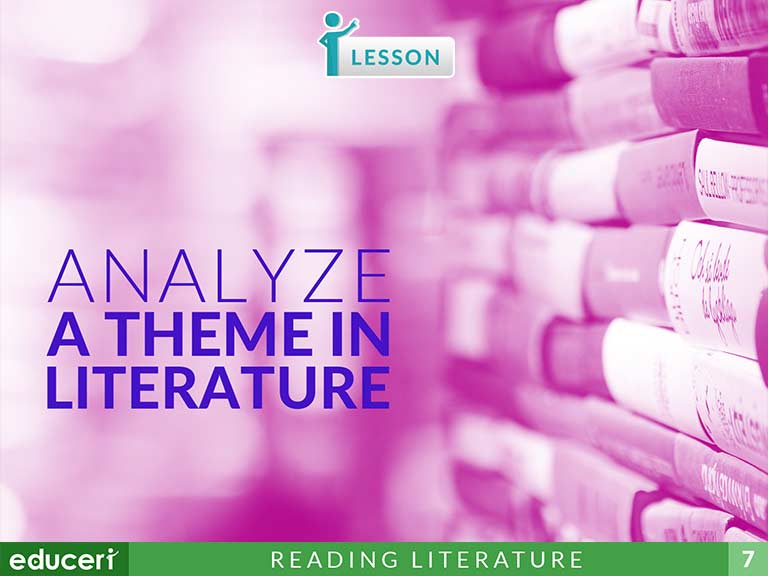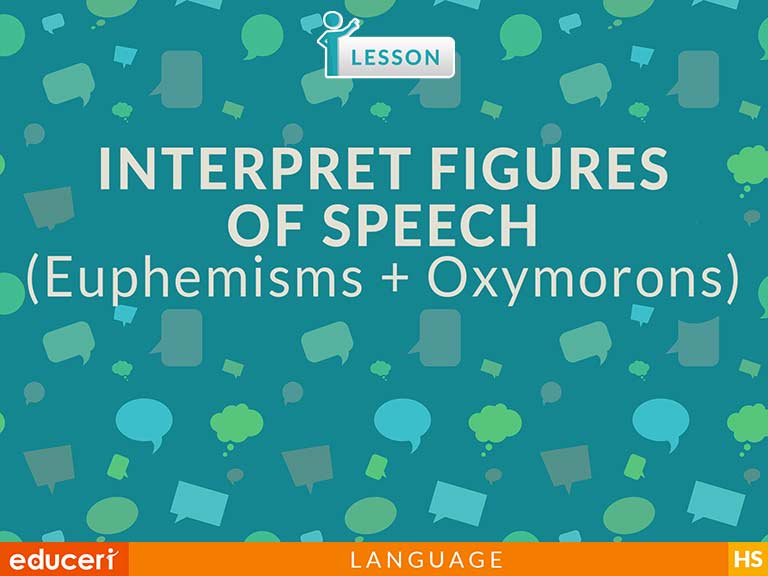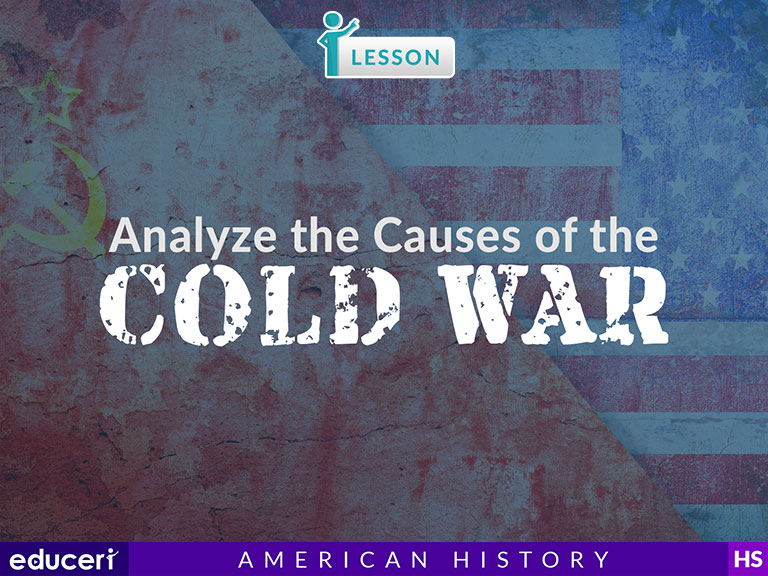Special Program: EDI Workshop MS-HS
EDI Workshop MS-HS
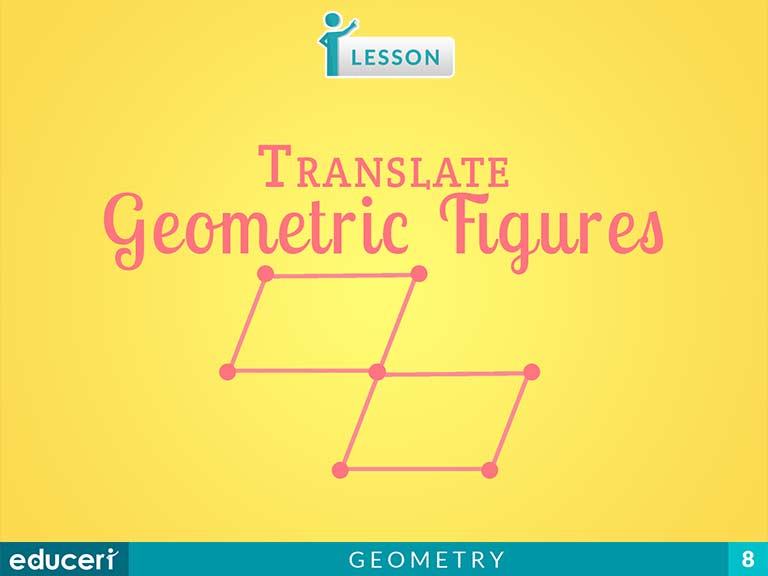
Translate Geometric Figures
8.G.1 Verify experimentally the properties of rotations, reflections, and translations:
8.G.1.A8.G.1.A Lines are taken to lines, and line segments to line segments of the same length.
8.G.1.B8.G.1.B Angles are taken to angles of the same measure.
8.G.1.C8.G.1.C Parallel lines are taken to parallel lines.
This geometry lesson teaches students how to translate geometric figures. The lesson includes research-based strategies and strategic questions that prepare students for assessments. In this lesson, students will translate geometric figures. Students will also verify the properties of translated figures. This lesson can be used with rulers and protractors or with geometric software.
Share This Lesson
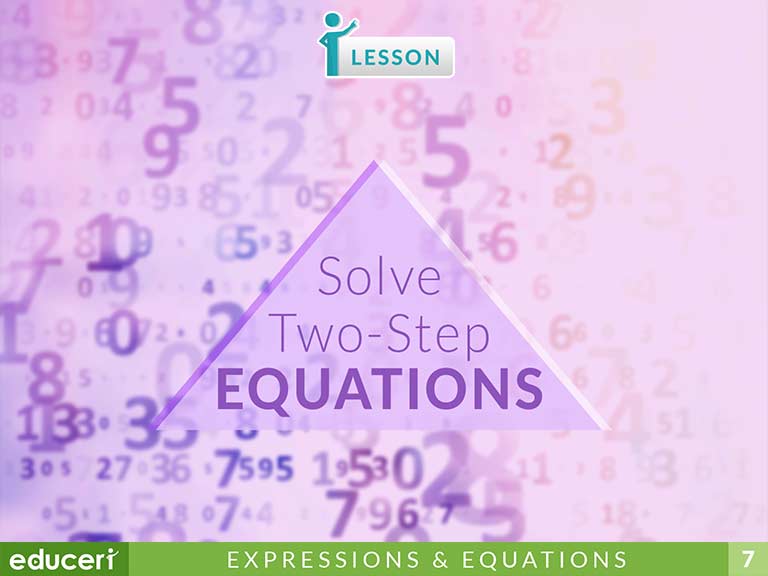
Solve Two-Step Equations
7.EE.4 Use variables to represent quantities in a real-world or mathematical problem, and construct simple equations and inequalities to solve problems by reasoning about the quantities.
7.EE.4.A7.EE.4.A Solve word problems leading to equations of the form px + q = r and p(x + q) = r, where p, q, and r are specific rational numbers. Solve equations of these forms fluently. Compare an algebraic solution to an arithmetic solution, identifying the sequence of the operations used in each approach. For example, the perimeter of a rectangle is 54 cm. Its length is 6 cm. What is its width?
